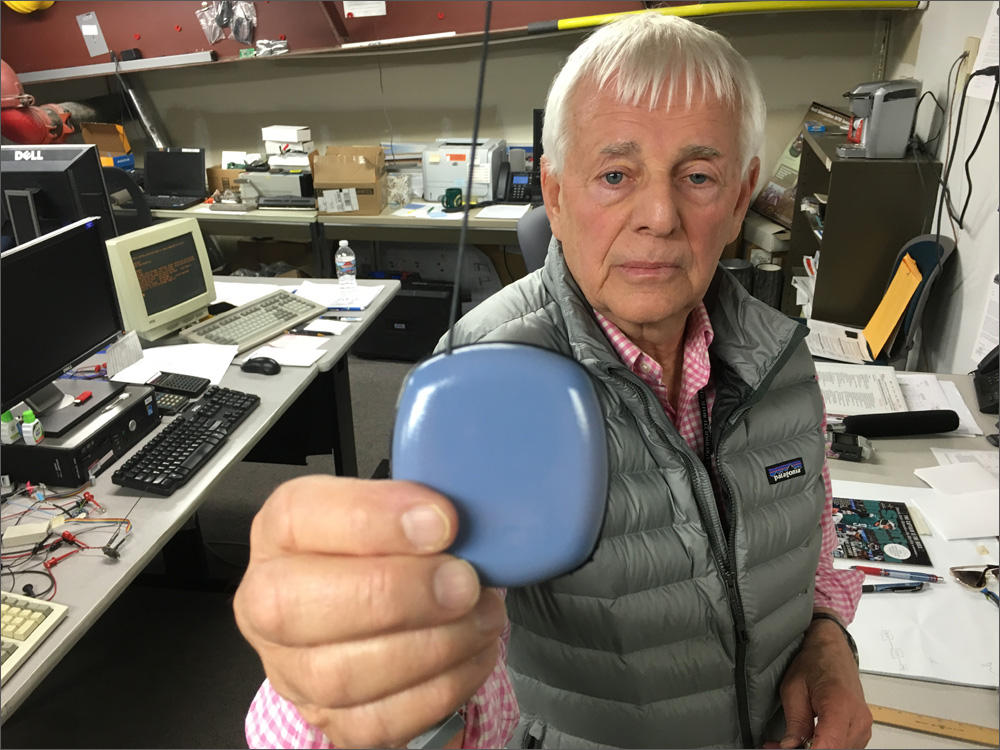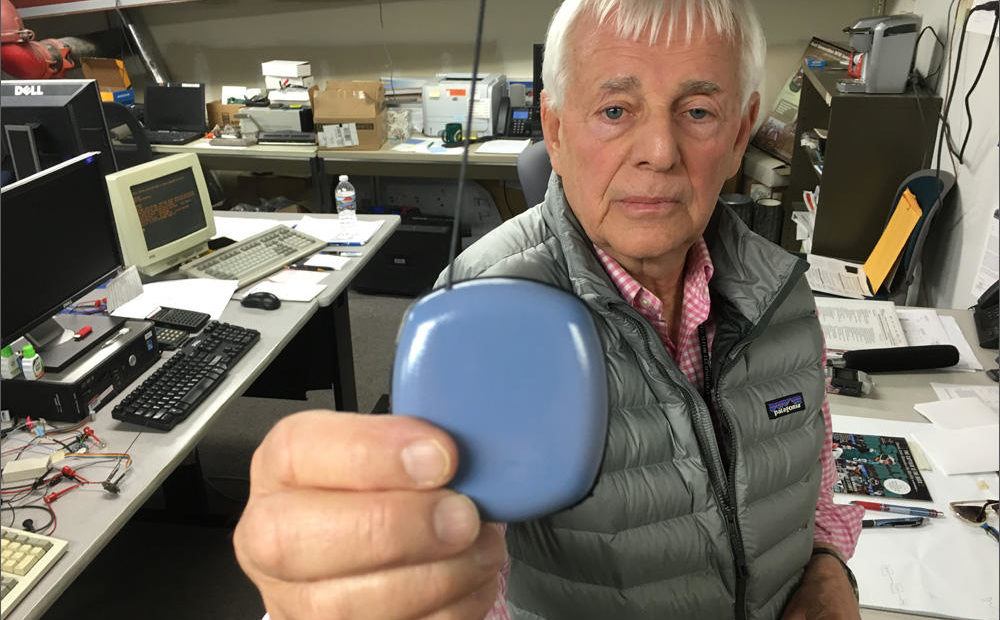
Can This ‘Gunshot Detector’ Developed In Richland Help Save Lives?
Listen
In the wake of school shootings like Sandy Hook and Parkland, everyone from school officials and parents to first responders and politicians have looked for ways to protect children from gunfire. Now sensor technology originally made for missiles is being put to the test.
The system was developed by a semi-retired electrical engineer at the Pacific Northwest National Laboratory.
About four years ago, Jim Skorpik’s grandchildren experienced a lockdown at their school.
“The youngest one, she was like in kindergarten, and she came home pretty emotional,” Skorpik said. “‘Cause she was in the gym, and the teacher was covering the kids with gym mats.”
So Skorpik used his know-how to design a system that can identify the location and caliber of a gunshot. He said it’s all the same military concept as “boots on the ground, eyes in the sky.”
“Boots on the ground that’s like our little sensor system sitting there,” Skorpik said. “And eyes in the sky, the sensor system integrates in with cameras.”
It’s not the first or only gunfire locator system. Most are developed for outdoor use by police departments.
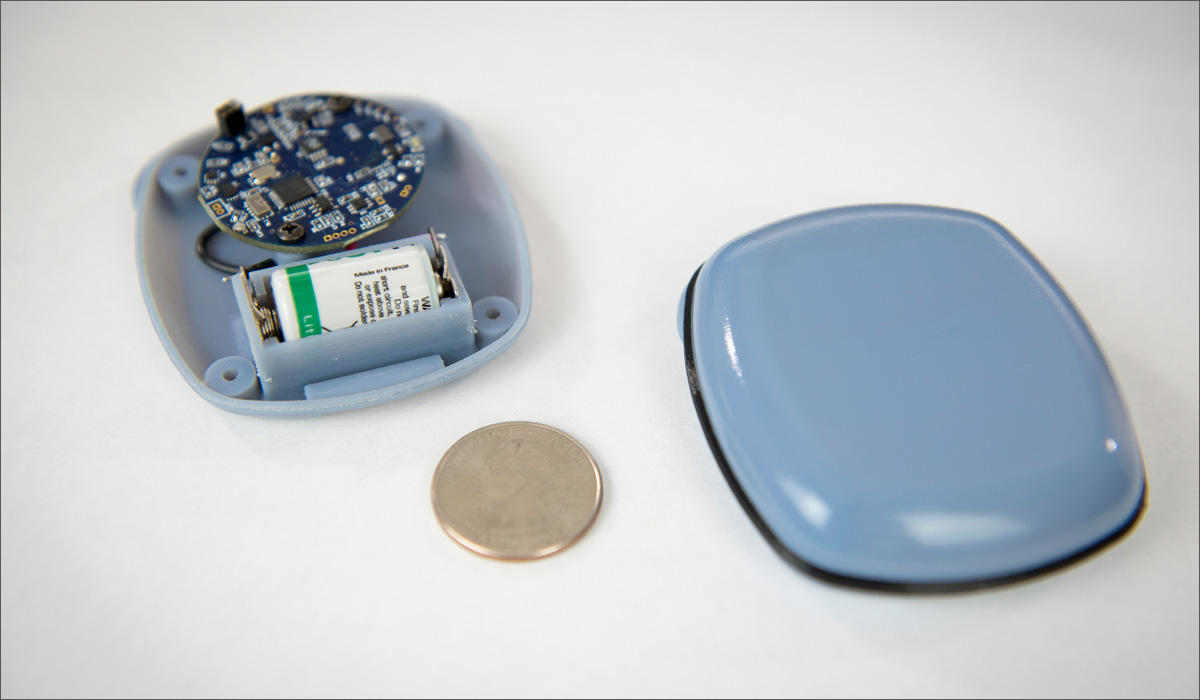
Pacific Northwest National Laboratory researchers designed the Acoustic Gunshot Detection Technology to be inexpensive. The golf ball-sized sensor contains a Wi-Fi-enabled microcontroller, microphone, and battery. CREDIT: PACIFIC NORTHWEST NATIONAL LABORATORY
Scott Simer is the facilities manager for the Artesia School District in New Mexico. The district installed a system based on Skorpik’s design inside Hermosa Elementary.
“So right here in the hallway, this is our first gunshot detector,” Simer said, pointing to a small device on the wall. “And right down the hallway is the main frame, the brains of it.”
The gunshot detectors are a little bigger than a pack of chewing gum and use cell phone technology, like microphones. They’re wireless and use batteries. They activate when the energy and sound waves of a bullet sets them off. They then feed information back to a central computer system.
“It’s sad that we’re in a society where we have to have stuff like this. And that we are testing stuff like this in a school,” Simer said. “But the reality is, you know it happens.”
Simer said the system is designed to distinguish a loud book dropping to the floor from gun fire. It can alert authorities and train cameras on the area where the shots were fired. The system can even lock doors, sound the building’s PA system and lock perimeter doors automatically all within seconds.
Simer believes all this will work if they ever need it. During testing, they tried to fool it.
“We set off some M-80 firecrackers in the school,” he said. “It didn’t pick’em up.”
They also had local police shoot real guns at the school during off hours. The alarms went off and the doors locked like they were supposed to.
Jennifer Russell is the co-owner of EAGL Technology of Albuquerque. Her company sells the system for $60,000 to $150,000, but installed it at Hermosa Elementary for free to test it.
“It’s activated by gunfire,” Russell said. “It’s automatic. You don’t have to have a school resource officer, or a principle, or a superintendent, or a teacher or any kind of administrator activate the system.”
Russell acknowledged concerns that the automatic locking of doors could leave someone vulnerable in a hallway. The idea is to get as many people behind locked doors faster—like teachers and students practice in drills, and do in real lockdowns.
The president of the Parent Teacher Organization with Hermosa Elementary said they haven’t had a close look at the new system, but are glad to have anything to help protect kids.
Artesia Public Schools now plans to install the detector systems in six more of its schools before classes start again in the fall. And since the Parkland shooting, EAGL Technology said it’s gotten phone calls and emails from other districts and states.
Copyright 2018 Northwest News Network
Related Stories:
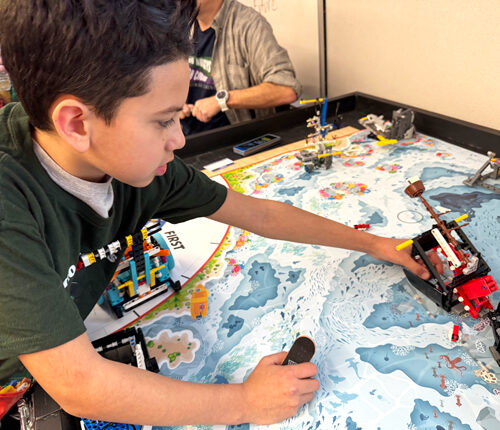
Richland Lego robotics team hopes state grants won’t be put on hold
Fourth grader Sergio Preciado shows off a Lego shipwreck he helped build and code with his FIRST Lego League team, called the Dino Nuggys. The program is mostly grant funded
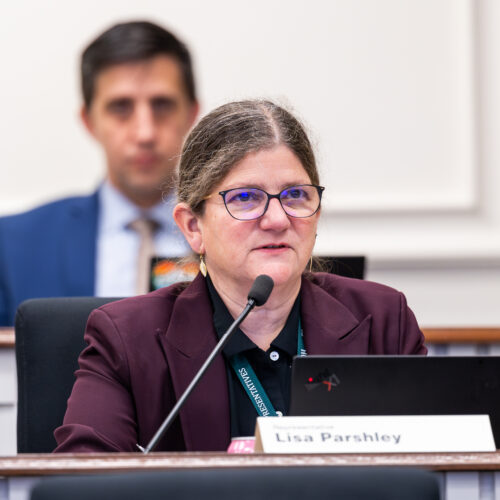
Washington bills attempt to give public workers power to bargain on AI
There are only so many things employees get to have a say over in their jobs. Which laptops or messaging app your office uses might not be your call.
For a while, decisions on the use of technology in the workplace have been up to management for public workers in Washington state, thanks to a law passed in 2002. But now, some lawmakers want to pass an exemption that would allow public sector employees to bargain on one broad and ever-changing technology — artificial intelligence.
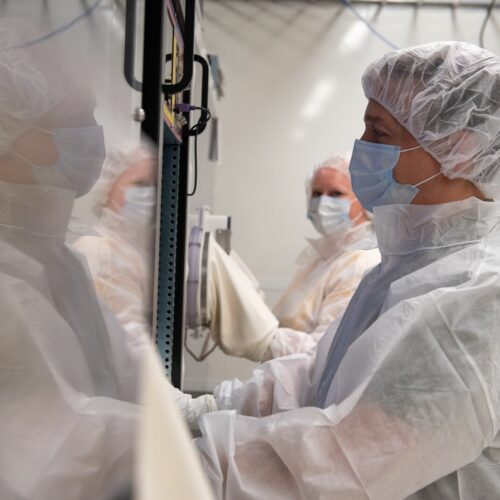
Pacific Northwest National Laboratory studies help better understand space
The Shallow Underground Laboratory at Pacific Northwest National Laboratory in Richland, Washington, gives its scientists powerful abilities to detect sensitive signatures of radiation. (Credit: Andrea Starr / Pacific Northwest National

